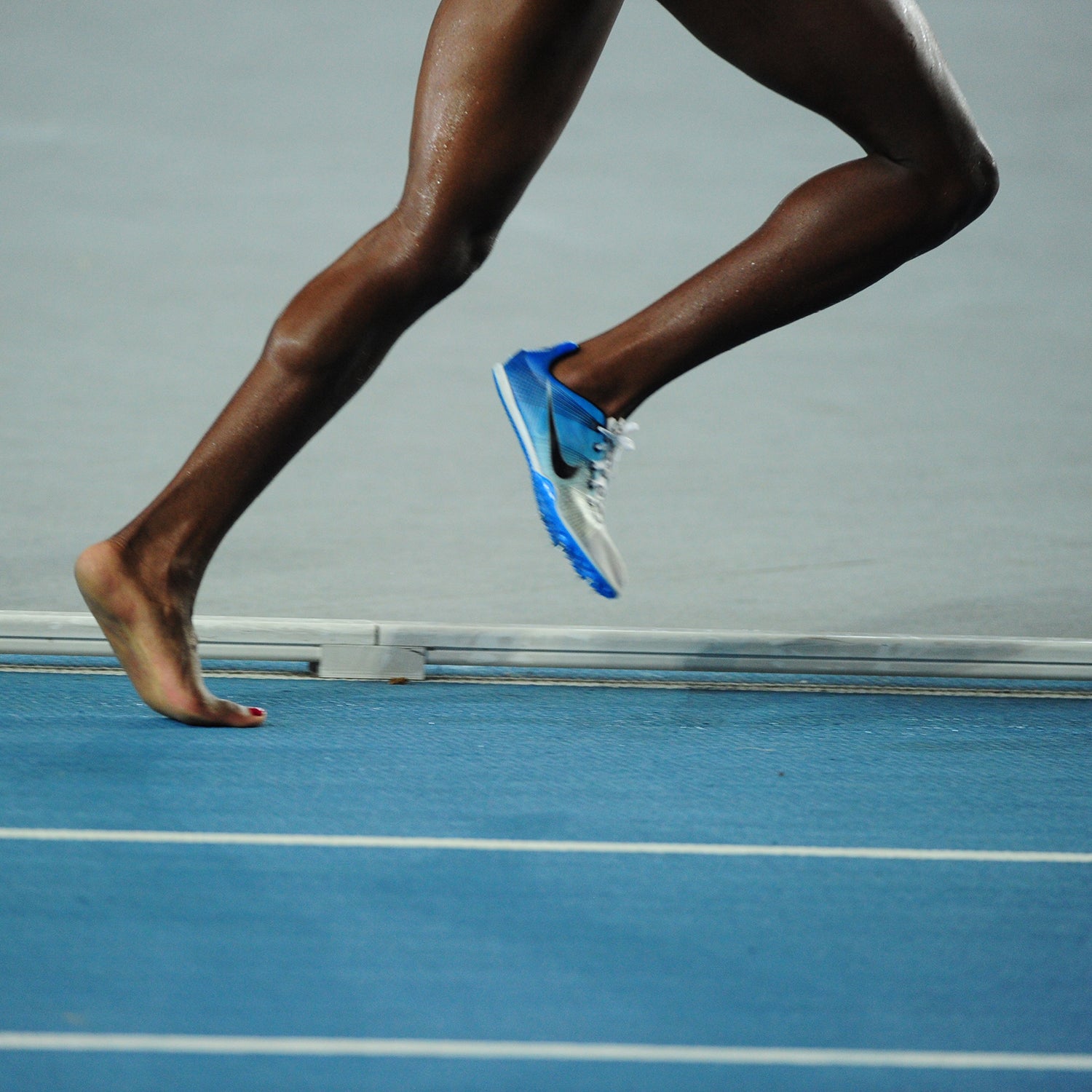One of the eternal challenges of distance running is putting everything together on race day. Months of training often come down to what you do on a single morning, so it’s imperative to get it right. The oft-recycled maxim, “It’s about the journey, not the destination,” might work for a lazy college application essay, but tell that to someone who spent five months preparing for Boston, only to twist an ankle one mile out of Hopkinton.
The key to a successful race is to be smart about the things you can control and adapt to the things you cannot. Here’s how to dodge some of the most common race-day nightmares.
Upset Stomach
“Don’t try anything new on race day” is one of the iron commandments of running, and it applies above all to what you eat before heading to the start line. It’s common sense: if oatmeal and green tea were your go-to breakfast throughout your training cycle, marathon morning is not the time to find out if blueberry pancakes and coffee might give you some extra pep. Runners should also err on the side of dietary caution in the days leading up the race: tread carefully with undercooked meats and dairy-based desserts, and save the oyster-bar binge for your post-race celebration.
Bathroom Woes
Mastering the timing of your bowel movements may be one of the less glamorous aspects of distance running, but it’s an essential component of race-day success. The thing to remember is that the more time you give yourself before the race, the better your chances of taking care of everything. Ideally, you’ll find out what works for you beforehand—whether it’s English breakfast tea or an easy warm-up jog an hour before the start. But things don’t always go according to plan. If you find yourself in the unfortunate situation of suddenly needing to hit the Porta-Potty seconds before the gun goes off, don’t panic. Thanks to modern chip timing, your race doesn’t begin until you cross the start line. Depending on the urgency of your predicament, it may be worth jumping in with a later wave of runners. If the need arises during the race, keep in mind that the longer the distance, the less advisable it is to try and tough it out. A pit stop doesn’t need to doom your finish time, as Paula Radcliffe in the 2005 London Marathon.
Blisters
Steve Prefontaine wasn’t speaking literally when he , “Somebody may beat me, but they are going to have to bleed to do it.” While disgusting feet may be a badge of honor after a well-run race, bloodstained socks are typically not part of the PR formula. Unfortunately, when you become aware of a burgeoning hot spot on the ball of your foot with half a marathon still to go, your fate is likely already sealed. (Attempting to alter your running form to avoid the pain is not advisable since you’ll be redistributing the stress on your muscles and be at greater risk of a muscle pull, cramping, or both.) Hate to break it to you, but dealing with midrace blisters is all about the preemptive strike. Hence, three simple rules: Don’t race in shoes you’ve never run in before. Wear anti-blister socks, or socks with extra padding in problem areas. Make sure your socks come up high enough so the tops of your shoes don’t come into contact with your skin.
GPS Failure
For all the ways technology can help us achieve our fitness goals, there’s such a thing as overdependence. Therefore, remember: the functionality of your GPS watch does not control your destiny. Even if you’re meticulous about charging your device the night before the big event, you never know when a “cannot calibrate” reading might send you into panic a minute before the gun goes off. The best way to be ready for this undesirable scenario is to be very confident about what your goal race pace feels like. Make sure your training includes a lot of goal-pace running, and force yourself to do some of it without looking at your watch. (You can check how good your pacing was at the end of your run.) Another option for dealing with a last-second GPS malfunction: ask a few other runners in your corral what pace they are looking to run—chances are good that you’ll find someone to run with.
Bad Weather
Flexibility is crucial when the weather gods don’t cooperate. It’s a major drag to work yourself into PR shape and then have your target race fall on the hottest day of the year—even if you’re mentally and physically prepared to run in the heat, there’s no getting around the fact that warm temperatures make for slower racing. The best way to deal with it is not to fret too much about your finishing time, since one of the dangers of being too wedded to a specific target time is the inability to adjust to the conditions of the day. Don’t let that be you. Always be willing to reassess your race-day goals. If a fast time is unlikely, prioritize racing against your fellow runners instead of the clock.
Crushing Disappointment
Of course, bad races will occasionally happen, even to the most well-prepared. That’s why it’s always a good idea to incorporate other events into your training schedule. This is a solid way to get in a “dress rehearsal” for your target race, and it gives you more than one shot at cashing in on all that hard training.


